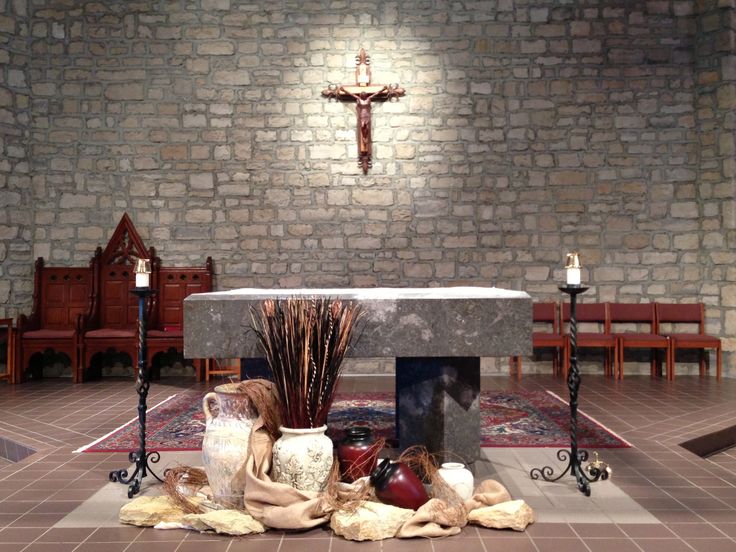Social media was buzzing this week in reaction to a ludicrous article at the National Catholic Reporter about a church in Ohio which was handed over to the traditionalist Institute of Christ the King Sovereign Priest. Apparently the traditionalists dismantled a wooden “Vatican II altar” and an older member of the parish is unhappy. What is astonishingly deaf about the article is that it is written in a critical tone–all full of crocodile tears about this “historic” altar being taken out of service.
So one inferior wooden “Vatican II” altar is removed and this is some sort of crime? Did the author of the article, or the editors at National Catholic Reporter ever consider the widespread, rampant, whole sale destruction of Catholic Church interiors in the wake of the Second Vatican Council? Beautiful old gothic marble altarpieces were literally demolished with sledgehammers. Altar rails were ripped out, confessionals destroyed, statues either thrown out or dumped in the basement. Relics and reliquaries were tossed in the trash. Beautiful, antique tiled and hardwood floors were covered with carpet. Pipe organs were left to gather dust and rot if they weren’t actually pulled out and sold. The “wreck- ovation” of churches was not limited to the USA. The crimes of vandalism and destruction were even more grievous in Europe where the churches that were being “renovated” were centuries old baroque, gothic and romanesque buildings.
Often the renovations were not carried out by qualified architects who may have done a decent job of modernizing–instead it was ignorant, but idealistic priests and people destroying intentionally what their grandparents had sweated and saved to build.
The destruction was then followed by a new wave of churches designed by mis-guided priests and architects who had no knowledge of the functions and needs of liturgy. Up they popped–the brutal churches, cathedrals and chapels–looking like upside down ice cream cones made out of concrete or teepees or some sort of hideous concrete parking garage with a few nods to the fact that it was a church: some inferior stained glass, some sentimental banners with Sunday School cliches or those candle stands where you put in a nickel and a little electric twinkle light comes on for ten minutes.
But we’re supposed to wring our hands and tut tut because some traditionalist minded Catholics dismantled something which was in itself (as far as I can tell) unlovely and uninspiring.
This reveals an important truth to keep in mind. If you want to decide if a person or movement are reformers or revolutionaries consider their actions. Reformers always refresh and restore the original charism and calling. The reform restore, refresh and renew. Revolutionaries always, always, always destroy what has gone before. Revolutionaries want to build a brave new world, but they always want to destroy the noble old world first.
Looking at the history of the church through this lens we can see that the Protestant movement in the sixteenth century was a Revolution not a Reformation, and the stripping of the altars in the second half of the twentieth under the guise of “the spirit of Vatican II” was likewise an immature, naive and simplistic revolution guided by a shallow ideology more than any great idea.







Leave A Comment
You must be logged in to post a comment.